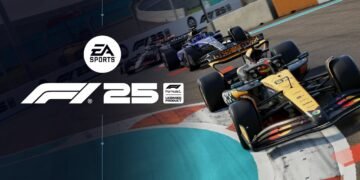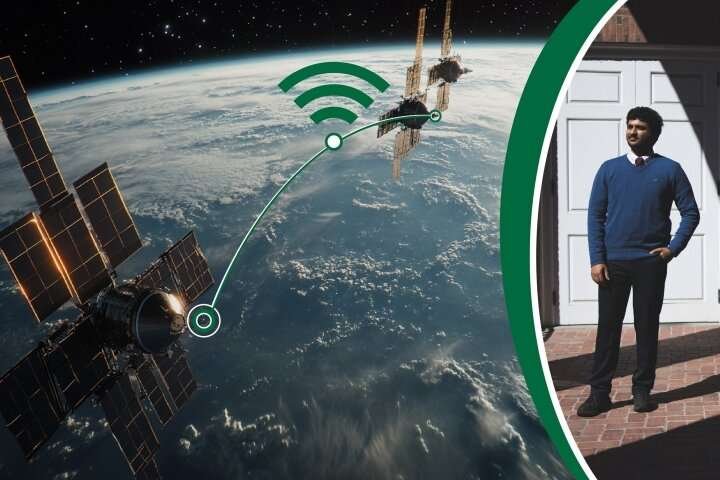Discovering the Relativistic Universe: An Expert Reflects on the Potential of Algorithms
As our understanding of the universe continues to evolve, experts are looking into innovative ways to explore and uncover its mysteries. Among these methods is the use of algorithms, which have shown promising potential in unlocking the secrets of the relativistic universe. One such expert is Dr. Samantha White, a renowned astrophysicist and algorithm enthusiast, who reflects on the exciting possibilities that these powerful computing tools offer in understanding the universe.
With a passion for all things space-related, Dr. White has dedicated her career to searching for answers about the universe and its laws. Fueled by her curiosity and drive to push the boundaries of knowledge, she has delved into the world of algorithms and their applications in astrophysics.
In simple terms, algorithms are step-by-step procedures or formulas designed to analyze data and provide valuable insights. Dr. White explains, “In astrophysics, we deal with massive amounts of data. Algorithms give us the ability to efficiently process this data and extract meaningful information from it.” This is especially crucial in studying the relativistic universe, a concept that explores the complex relationship between space, time, and gravity.
The revolutionary theory of relativity, developed by Albert Einstein, describes gravity as the curvature of spacetime by matter and energy. It revolutionized our understanding of the universe, but also presented challenges in its exploration. This is where algorithms come in – by helping astrophysicists like Dr. White analyze vast amounts of data collected from cosmic sources, such as black holes and pulsars, to gain a deeper understanding of the relativistic universe.
Proc Coordinating Computers in Relativistic Universe: How Distributed Algorithms Can Survive in Space
With human space exploration, the laws of physics will act as a limit to development, as interplanetary networks are developed (such as the mooted Interplanetary Internet), and as the first interstellar networks beyond the limits of the heliosphere are created. Computer scientist Siddhartha Jayanti of Dartmouth studies how to ensure stable operation of distributed algorithms when nodes compute under relativistic restrictions
Why It Matters
- Human conquest of the space is gaining momentum: satellites, space stations, the missions to Mars – all are not possible without proper networking.
- Astronomical delays: e.g. the propagation time of light between the Earth and Mars may vary between 3 and 22 minutes only, and therefore traditional synchronous links would not be reliable
- Changing time frames: Einstein relativity of simultaneity implies that what is simultaneous to one may not be to another, this makes the design of algorithms more complicated

Core Discovery
- One of the most important revelations in the work of Jayanti which was published June 18, 2025 at the ACM Symposium on Principles of Distributed Computing is: Any distributed algorithm which is correct in classical (Earth bound) environments is also correct in a relativistic network–although different observers may disagree about the order of events occuring
- The breakthrough, in its turn, is dependent on:
1.A frame-independent theoretical concept of causality expressed in terms of mathematics.
2. A way to connect this abstract causality with the actual one, based on physics, the causality of relativity.
Provided the causality is maintained, correctness of the algorithms is valid with respect to all reference frames
What This Allows
- Interplanetary Internet: Work coordinate between spacecraft, satellites and planetary base in spite of latency and relativistic gravitational influence.
- Certified reliability: Prohabil downtowns perform equally rigorous proofs of the correct operation of multi-node operations–essential, in critical systems such as navigation, communications, command train.
Scalable basis: Introduces the possibility of future distributed protocols suitable to diverse velocity and gravity situations.

Real-World Applications
| Scenario | Benefit |
|---|---|
| Satellite networks | Allows safe and reliable synchronized synchronization and data exchange between constellations. |
| Crewed missions | Provides fault tolerant command -control integrity between planetary bases. |
| Deep-space robotics | Programs robots to work as teams under unreliable delays. |
Future researches and directions
Jayanti also focuses on the fact that although his work allows to obtain a solid theoretical foundation, much more needs to be done:
The broadening of classes of algorithms: The addition of consensus protocols, fault-tolerance, and blockchain-style ledger technology.
Practical application: Models and prototyping of real world applicability.
Physical integration: Putting theoretical models in real stacks of networks in a relativistic context.
Final Thoughts
When taking classical distributed computing and importing it into Einsteinian relativity, Jayanti provides a methodological supposition of trusted multi-node coordination throughout the universe. With humanity going farther in space, fundamental research of this kind can not only allow interplanetary travels to become a possibility, but also ensure safety and reliability.
SpaceX target February 18 for Dragon resupply mission to ISS





































